Best Dog Breeds for Cold Weather: Loyal Winter Companions
When winter blankets the landscape in snow and temperatures plummet, not all dogs thrive in the frosty conditions. However, certain breeds are genetically built to embrace the cold, boasting thick coats, hardy paws, and high energy levels perfect for snowy adventures. Whether you live in the Arctic tundra or a chilly mountain town, choosing the right cold-weather dog breed ensures a happy, healthy companion. In this guide, we’ll explore the best dog breeds for cold weather, their unique traits, and tips for keeping them safe during winter.
Why Some Dog Breeds Excel in Cold Climate?
Dogs adapted to cold weather share common characteristics rooted in their history and biology:
- Double-Coated Fur: A dense undercoat for insulation and a weather-resistant topcoat.
- Paw Structure: Thick paw pads and fur between toes to prevent frostbite.
- Body Mass and Size: Larger bodies and higher fat content retain heat better.
- High Energy Levels: Breeds bred for sledding or herding thrive in active, cold environments.
Understanding these traits helps identify breeds that’ll flourish in snowy climates.
Factors to Consider When Choosing a Cold-Weather Dog
Before adopting, evaluate these factors:
- Coat Type: Prioritize double-coated breeds like Huskies or Newfoundlands.
- Size and Build: Larger, sturdier dogs handle cold better than small, short-haired breeds.
- Activity Level: Active breeds need space to burn energy, even in winter.
- Health Considerations: Some breeds are prone to cold-weather ailments (e.g., joint issues).
Top 12 Best Dog Breeds for Cold Weather
1. Siberian Husky
- Origin: Northeastern Asia (bred by the Chukchi people for sledding).
- Key Traits:
- Thick double coat (colors range from black to pure white).
- High endurance and playful temperament.
- Excel in activities like skijoring or sledding.
- Cold-Weather Adaptations:
- Fur protects against temperatures as low as -60°F (-51°C).
- Curled tail covers nose while sleeping to retain warmth.
- Care Tips:
- Regular brushing to manage shedding.
- Provide ample exercise to prevent boredom.
2. Alaskan Malamute
- Origin: Alaska (ancient Arctic sled dog).
- Key Traits:
- Powerful build with a dense, woolly undercoat.
- Loyal but independent; needs strong leadership.
- Cold-Weather Adaptations:
- Wide, snowshoe-like paws for traversing deep snow.
- Can haul heavy freight over long distances.
- Care Tips:
- Avoid overheating in milder climates.
- Socialize early to manage dominance tendencies.
3. Saint Bernard
- Origin: Swiss Alps (rescue dogs for snow-stranded travelers).
- Key Traits:
- Massive size with a muscular frame.
- Gentle, patient demeanor; great with families.
- Cold-Weather Adaptations:
- Water-resistant coat and heightened sense of direction in blizzards.
- Historically used for avalanche rescue.
- Care Tips:
- Monitor for drooling and joint issues.
- Provide cooling options in summer.
4. Bernese Mountain Dog
- Origin: Swiss mountains (farm work and herding).
- Key Traits:
- Tri-colored coat with a fluffy tail.
- Calm, affectionate, and eager to please.
- Cold-Weather Adaptations:
- Insulated coat and sturdy build for snowy terrains.
- Care Tips:
- Prone to hip dysplasia; maintain a healthy weight.
- Regular grooming to prevent matting.
5. Newfoundland
- Origin: Newfoundland, Canada (fishing and water rescue).
- Key Traits:
- Webbed feet and water-resistant coat.
- “Gentle giant” personality; excellent with kids.
- Cold-Weather Adaptations:
- Subcutaneous fat layer for insulation in icy waters.
- Care Tips:
- Requires space due to massive size (up to 150 lbs).
- Daily exercise to prevent obesity.
6. Samoyed
- Origin: Siberia (herding reindeer and sledding).
- Key Traits:
- Fluffy white coat and “smiling” expression.
- Social, friendly, and vocal (expect barking!).
- Cold-Weather Adaptations:
- Pure white fur reflects sunlight, preventing overheating.
- Tightly curled tail protects face from frost.
- Care Tips:
- Frequent grooming to avoid matting.
- Mental stimulation to curb destructive behavior.
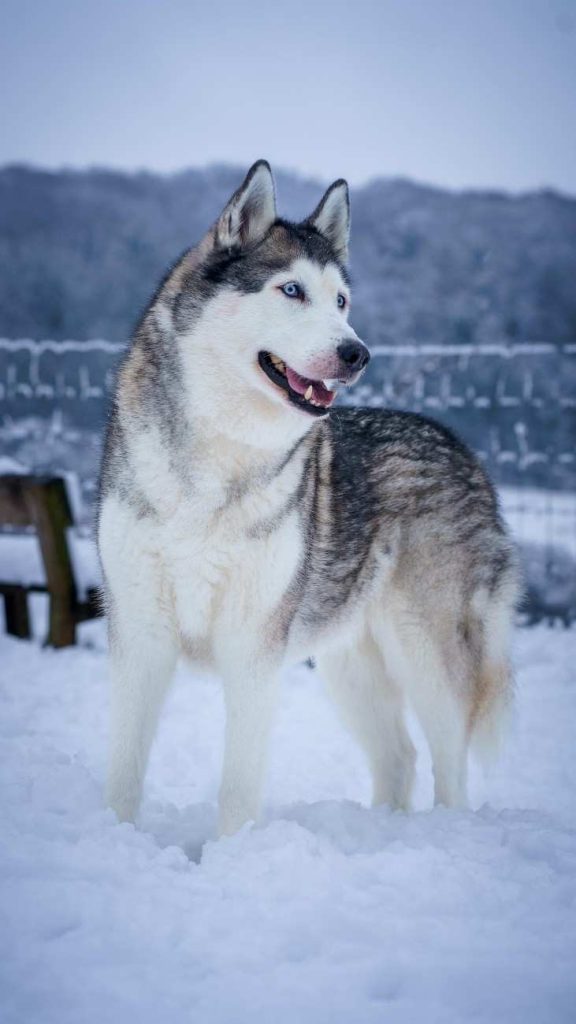
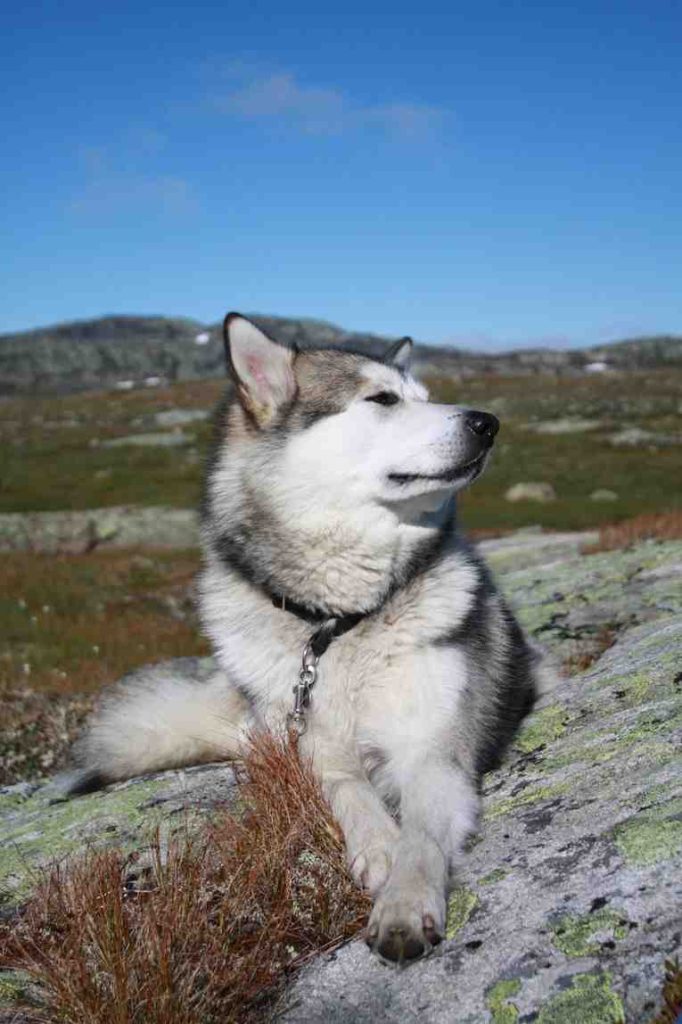
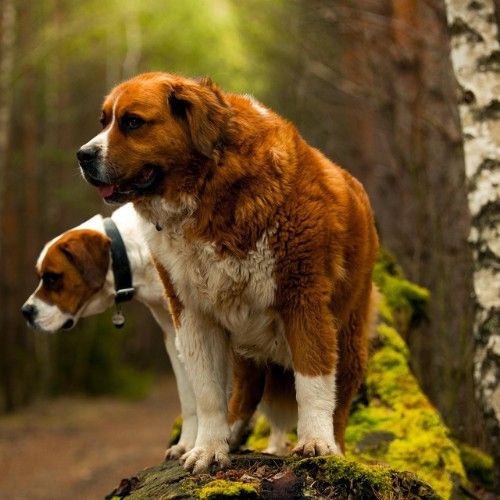
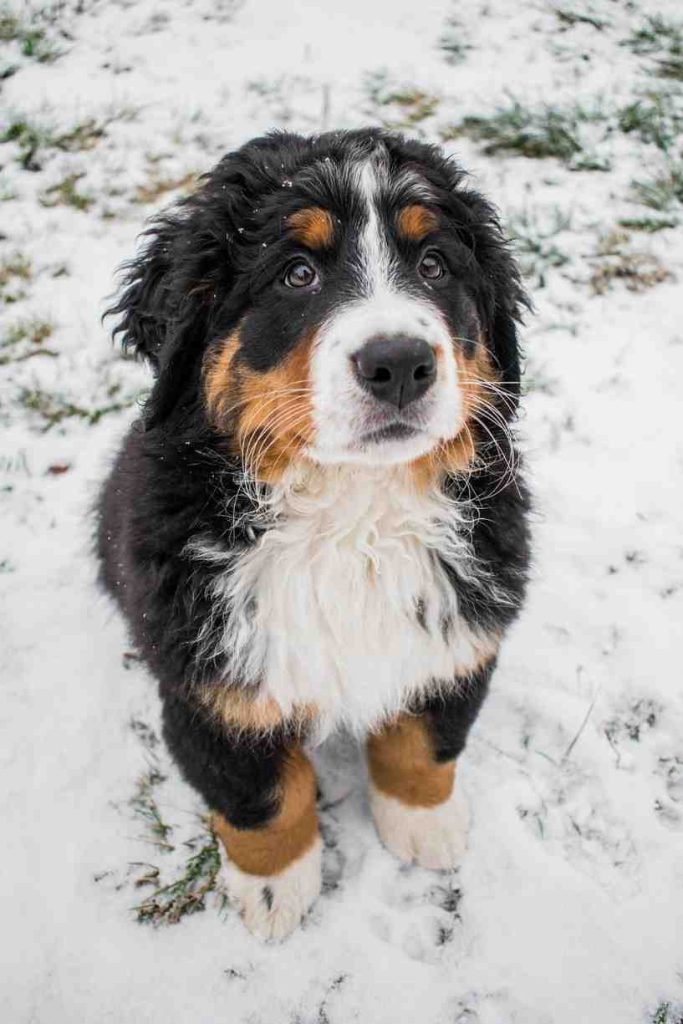
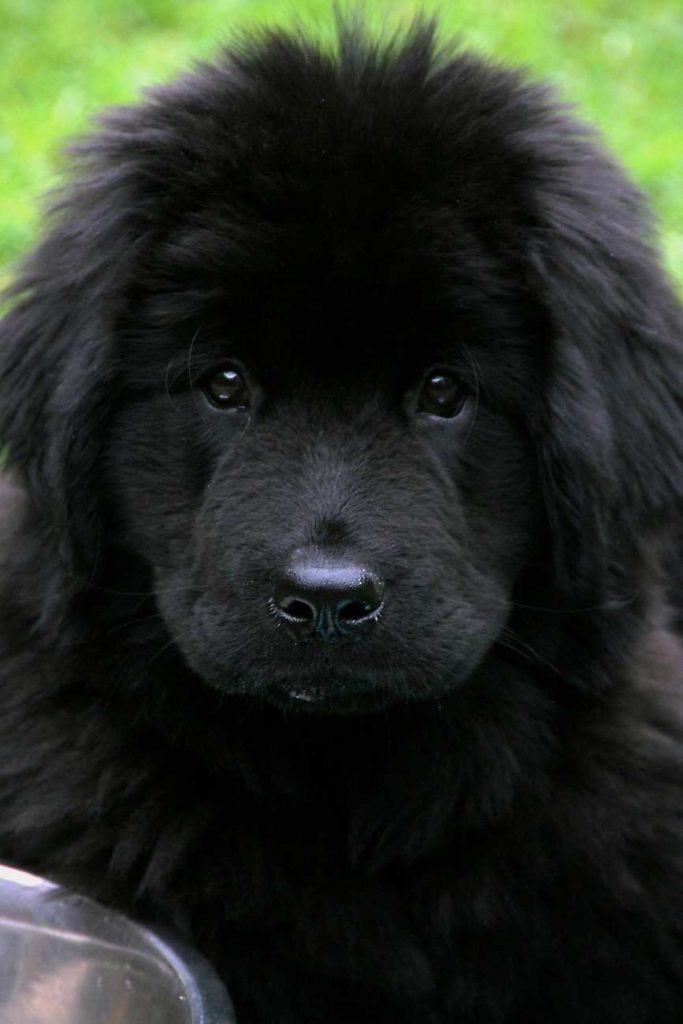
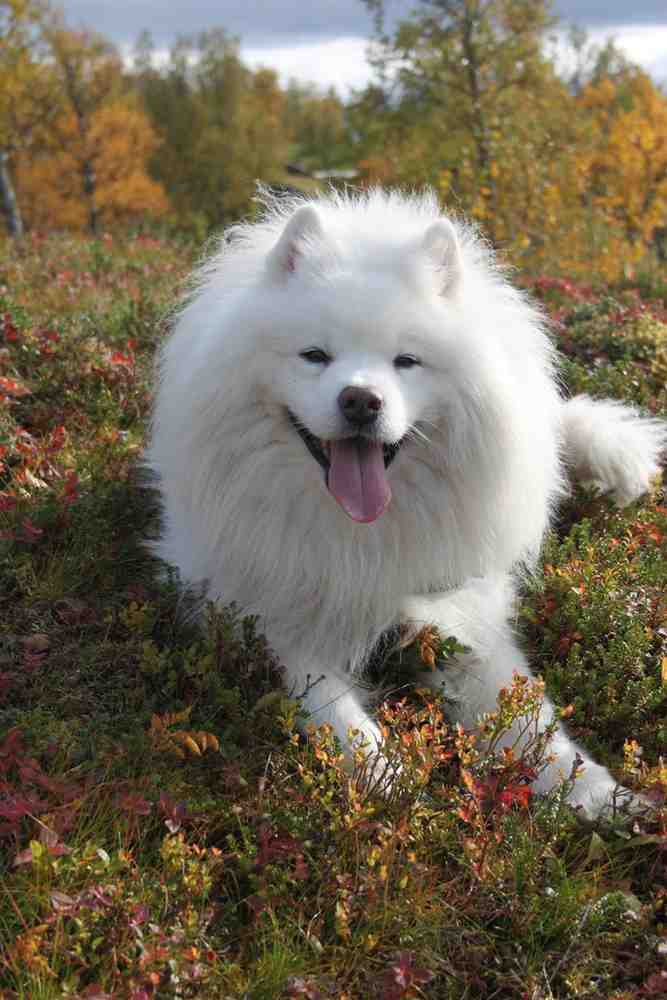
7. Norwegian Elkhound
- Origin: Norway (hunting moose and wolves).
- Key Traits:
- Silver-gray coat with a bold, confident demeanor.
- Agile and fearless in harsh climates.
- Cold-Weather Adaptations:
- Compact body retains heat efficiently.
- Weatherproof coat sheds snow easily.
- Care Tips:
- High prey drive; leash during walks.
- Moderate exercise needs.
8. Tibetan Mastiff
- Origin: Himalayan mountains (livestock guardian).
- Key Traits:
- Lion-like mane and imposing stature.
- Protective, aloof with strangers.
- Cold-Weather Adaptations:
- Thick, heavy coat suited for sub-zero temperatures.
- Nighttime vigilance (historically guarded monasteries).
- Care Tips:
- Early socialization to prevent aggression.
- Secure fencing for this escape artist.
9. Keeshond
- Origin: Netherlands (barge watchdog).
- Key Traits:
- Fox-like appearance with a plush gray coat.
- Affectionate, family-oriented, and playful.
- Cold-Weather Adaptations:
- Ruff of fur around the neck for extra warmth.
- Care Tips:
- Prone to separation anxiety; avoid long alone time.
- Moderate exercise needs.
10. Canadian Eskimo Dog
- Origin: Arctic Canada (sledding and hunting).
- Key Traits:
- Wolf-like appearance with incredible stamina.
- Pack-oriented and highly intelligent.
- Cold-Weather Adaptations:
- Can sleep outdoors in -40°F (-40°C) temperatures.
- Lean muscle built for endurance.
- Care Tips:
- Needs a job (e.g., sledding) to stay fulfilled.
- Not suited for apartment living.
11. Shiba Inu
- Origin: Japan (mountain hunting).
- Key Traits:
- Compact size with a fox-like face.
- Independent, clean, and cat-like.
- Cold-Weather Adaptations:
- Thick double coat for moderate cold.
- Care Tips:
- Stubborn streak; consistent training needed.
- Moderate grooming requirements.
12. Greater Swiss Mountain Dog
- Origin: Swiss Alps (draft work).
- Key Traits:
- Short tri-colored coat with a sturdy build.
- Confident, loyal, and good-natured.
- Cold-Weather Adaptations:
- Muscular frame helps navigate snowdrifts.
- Care Tips:
- Prone to bloat; feed smaller meals.
- Daily exercise to maintain health.
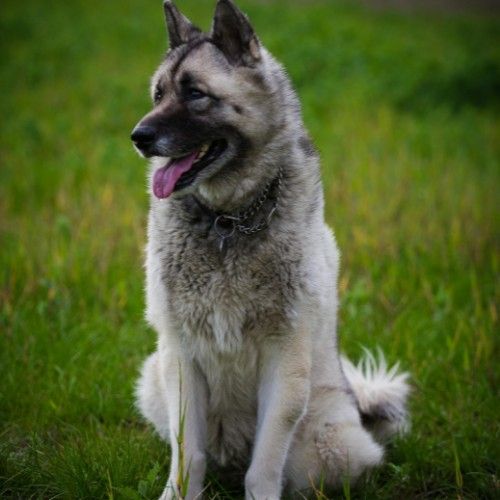
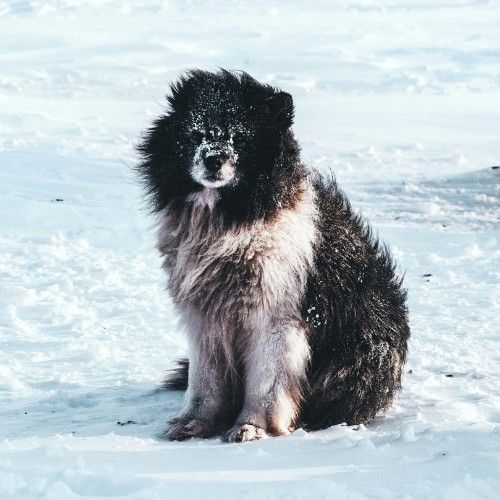
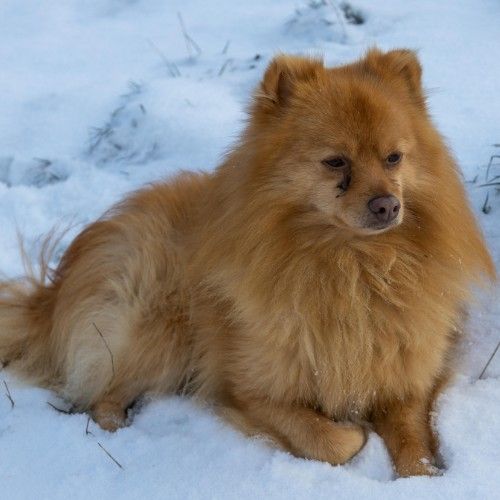
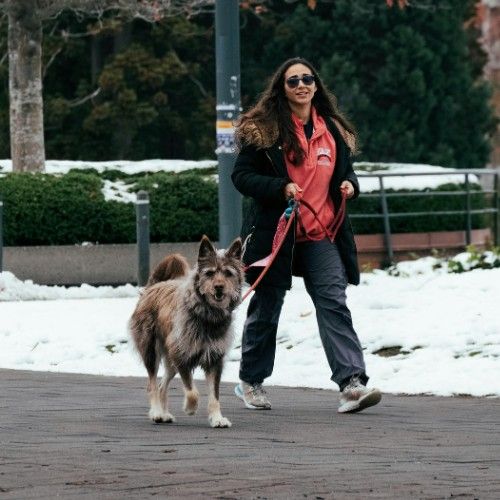
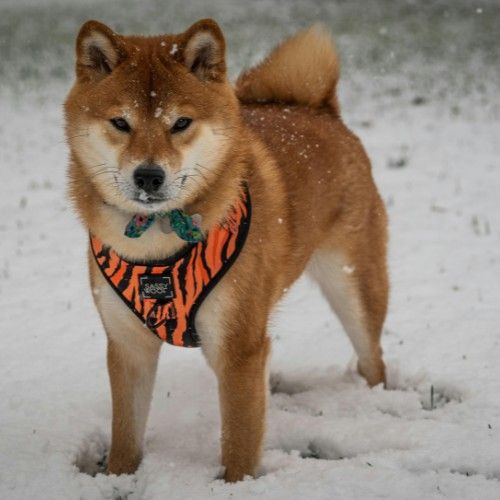
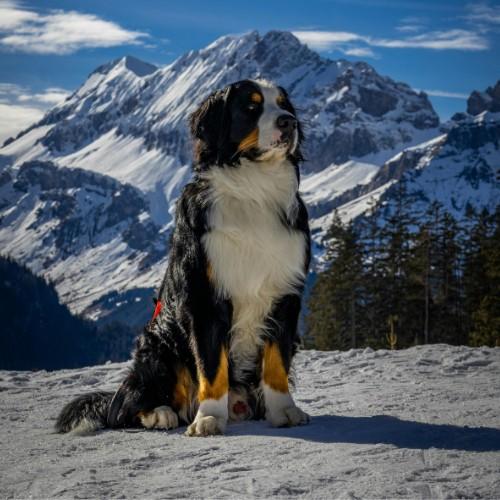
Caring for Cold-Weather Dogs in Winter
Even hardy breeds need proper care during extreme cold:
- Provide Insulated Shelter: Ensure outdoor dogs have a draft-free, raised bed with blankets.
- Paw Protection: Use dog boots or wax to shield against ice melt chemicals.
- Hydration and Nutrition: Increase calorie intake for dogs spending time outdoors.
- Grooming: Avoid shaving double coats; trim fur between paw pads to prevent ice buildup.
- Watch for Hypothermia: Symptoms include shivering, lethargy, and pale gums.
Conclusion
Choosing the Best Dog Breeds for Cold Weather means partnering with a furry friend built to revel in snowy escapades. From the spirited Siberian Husky to the gentle Newfoundland, these breeds offer loyalty, resilience, and endless winter fun. Prioritize their unique needs, and you’ll gain a companion ready to thrive in even the frostiest climates.
Adopt from shelters or reputable breeders who prioritize health testing. Whether you’re hitting the trails or cozying by the fire, the right cold-weather dog will make every winter unforgettable!
Frequently Asked Questions (FAQs)
Q1. Can small dogs live in cold climates?
Some, like the Dachshund or Pomeranian, adapt well with coats and booties, but they’re more vulnerable than larger breeds.
Q2. Do cold-weather dogs shed more?
Yes! Double-coated breeds “blow” their undercoats seasonally—prepare for fur tumbleweeds.
Q3. How cold is too cold for dogs?
Temperatures below 20°F (-6°C) risk frostbite, especially for short-haired breeds.
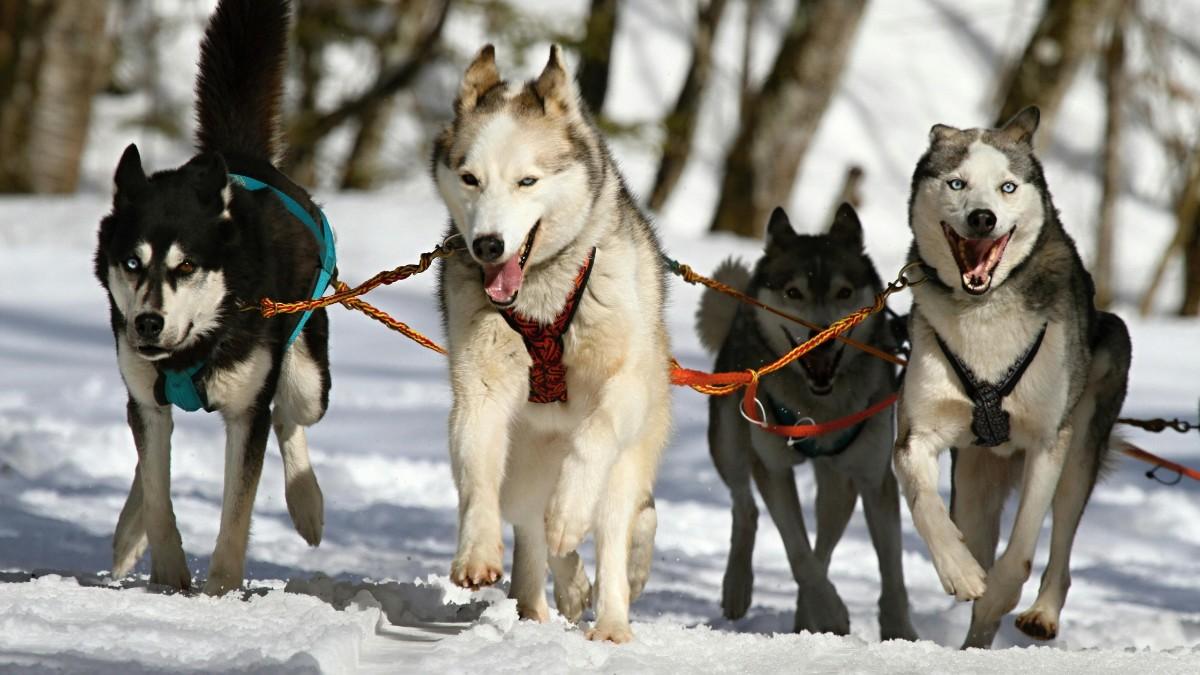
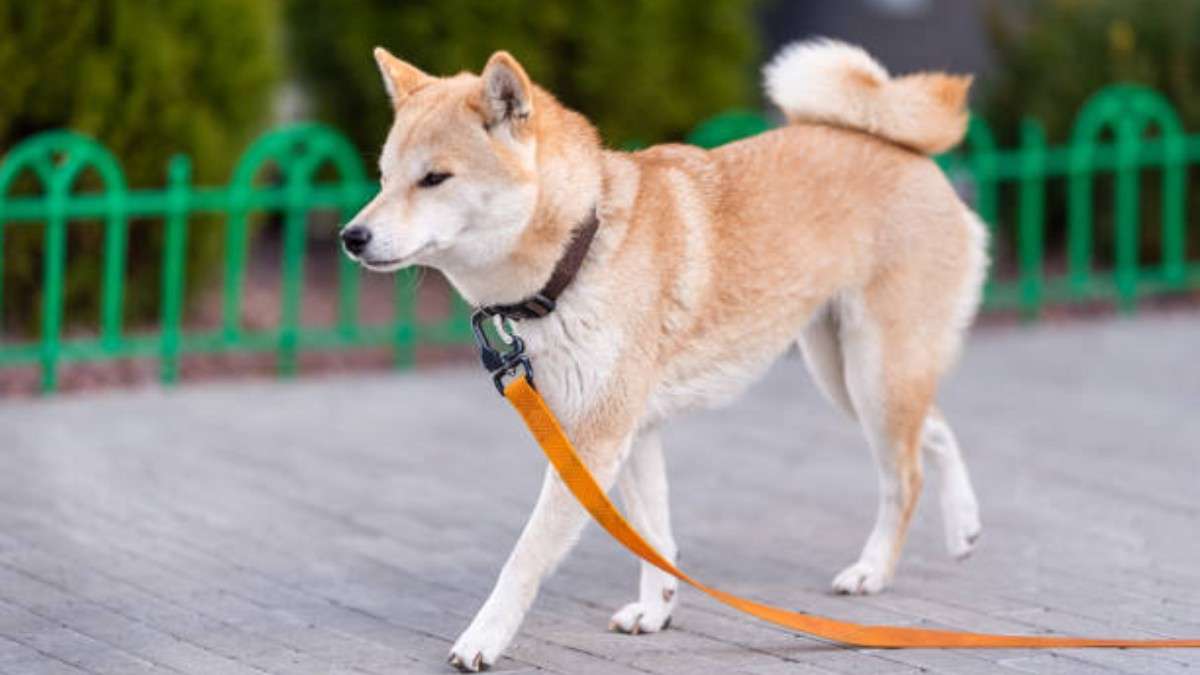
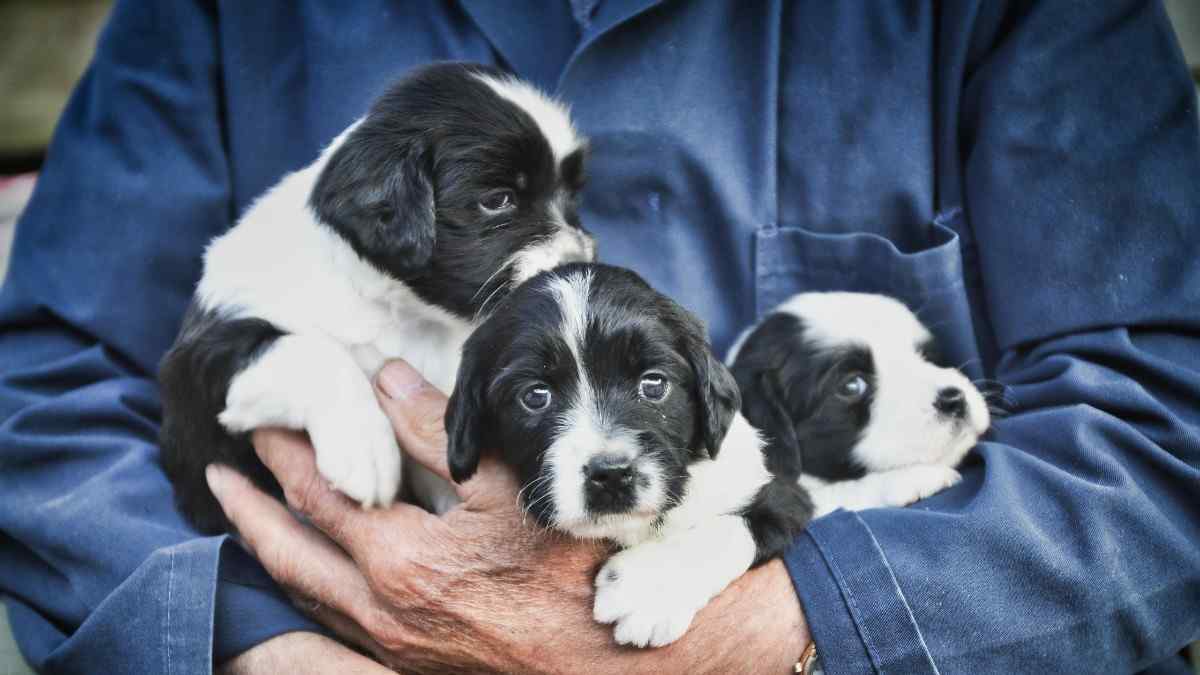
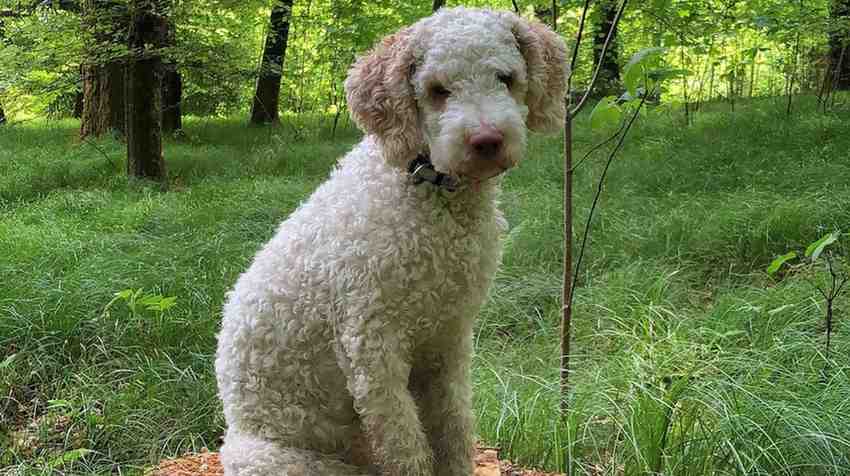
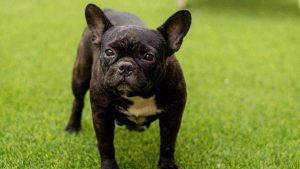
Post Comment